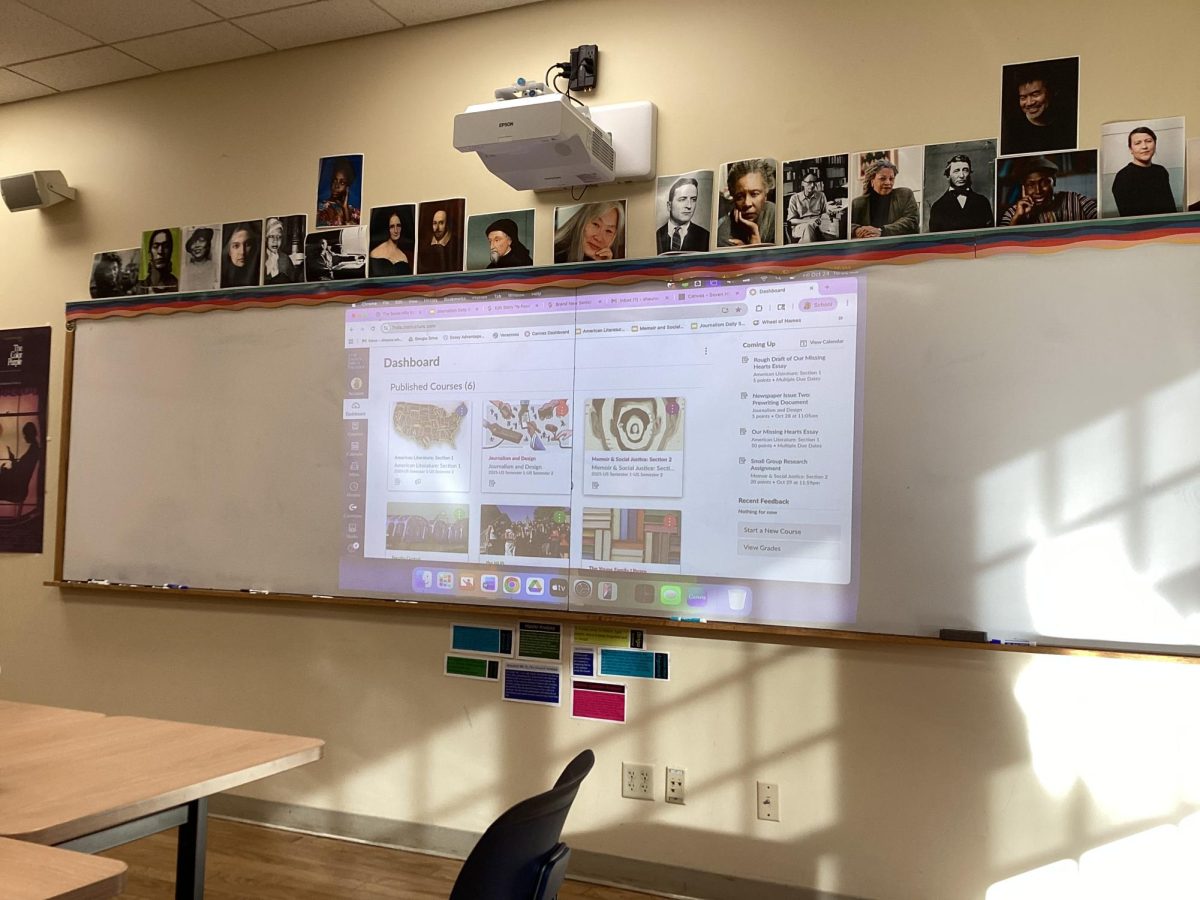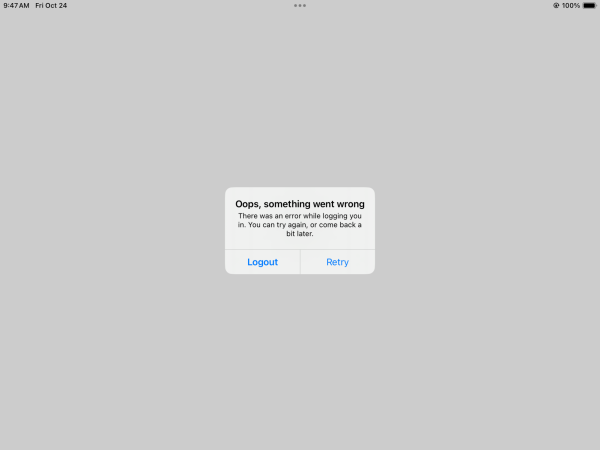
The appearance of Canvas’s dashboard when opened by users through the online browser.
At the start of the 2025-26 school year, The Seven Hills School made a major shift in its digital infrastructure: the transition from Schoology to Canvas as the school’s learning management system (LMS). Beginning as a move toward greater college preparation and long-term flexibility, the change has sparked mixed reactions from both faculty and students. While some see the switch as a step in the right direction, others are still struggling with what feels like a frustrating and inefficient platform.
For teachers like Latin instructor Mrs. Swinford, the shift has come with more than a few headaches. “I teach five different classes,” she explained, “and for every meeting of every class, I’m having to create new posts, new assignments, new links.” Unlike Schoology, where she could more easily duplicate content across sections, Canvas forces her to rebuild much of her material manually. “It’s a lot of extra clicks,” she said.
Beyond the time consumption, Swinford has encountered more technical frustrations. Canvas’s auto-saving system has caused her to lose work, and the gradebook interface has proven to be less than helpful. “I’m struggling with how to view the gradebook in a way that is useful for me to assess students’ progress,” she noted.
One of her biggest concerns is Canvas’s lack of holistic design. “Things are sort of siloed,” she said. “I have to keep clicking back and forth between places just to find what I need.”
Institutional Vision vs. Everyday Use
While teachers like Swinford deal with daily frustrations, Dean of the High School Mr. Polifka sees the bigger picture. Though he admitted the decision wasn’t his—“The driving force behind it was Mr. Cagle, who’s no longer here”—he understands the situation. “Canvas is the LMS that’s predominantly used in colleges. If we’re preparing students for college, that’s a compelling reason to make the switch.”
Polifka also pointed out that a larger company acquired Schoology and was shifting focus toward serving large public school districts, making it less adaptable for smaller independent schools like Seven Hills.
Still, he acknowledged that Canvas comes with a “steeper learning curve.” Its flexibility, while powerful, makes it more complicated to use at first. “There’s something about a really straightforward, simple system,” he said. “Canvas can do more—but it takes time to figure it all out.”
One common thread from both interviews was the issue of Canvas’ mobile app, particularly on student iPads. Polifka highlighted this disconnect and said it sparked internal discussions. “We’re going to push an icon onto your home screen that takes you to the web version,” he said, clarifying that the app won’t be removed, but the school wants to encourage students to shift toward the more reliable browser version.

Despite the complaints, not all of the Canvas experience has been negative. Swinford noted an advantage regarding how easy it is to leave plans for class in the case of her absence. “When I was absent, it made it really easy to leave substitute plans,” she said. Canvas allowed her to build modules where students had to complete tasks in sequence, which is something Schoology didn’t support as well.
Polifka also emphasized Canvas’ creative flexibility. “The hub page I built for my class—there’s no way I could have done that in Schoology,” he explained. Features like linked icons, embedded pages, and modular organization offer long-term benefits once the initial learning curve is overcome.
A Divided Verdict
So, is Canvas a better system? It depends on who you ask.
Mrs. Swinford remains skeptical. “I miss Schoology,” she admitted. “I’m hopeful that we’ll learn how to use Canvas better over time, but I don’t think we’re there yet.”
Mr. Polifka, on the other hand, believes in the change. “It will be worth the challenges,” he said. “Our job is not just to get you into college—it’s to prepare you for it. If Canvas is what colleges use, then this is the right move.”
For now, the community at Seven Hills seems to be in the midst of a transition: some are missing the familiarity of Schoology, while others are trying to push forward with optimism. Whether Canvas becomes a trusted tool or a lingering frustration depends largely on how quickly the school can bridge the gap between potential and usability.